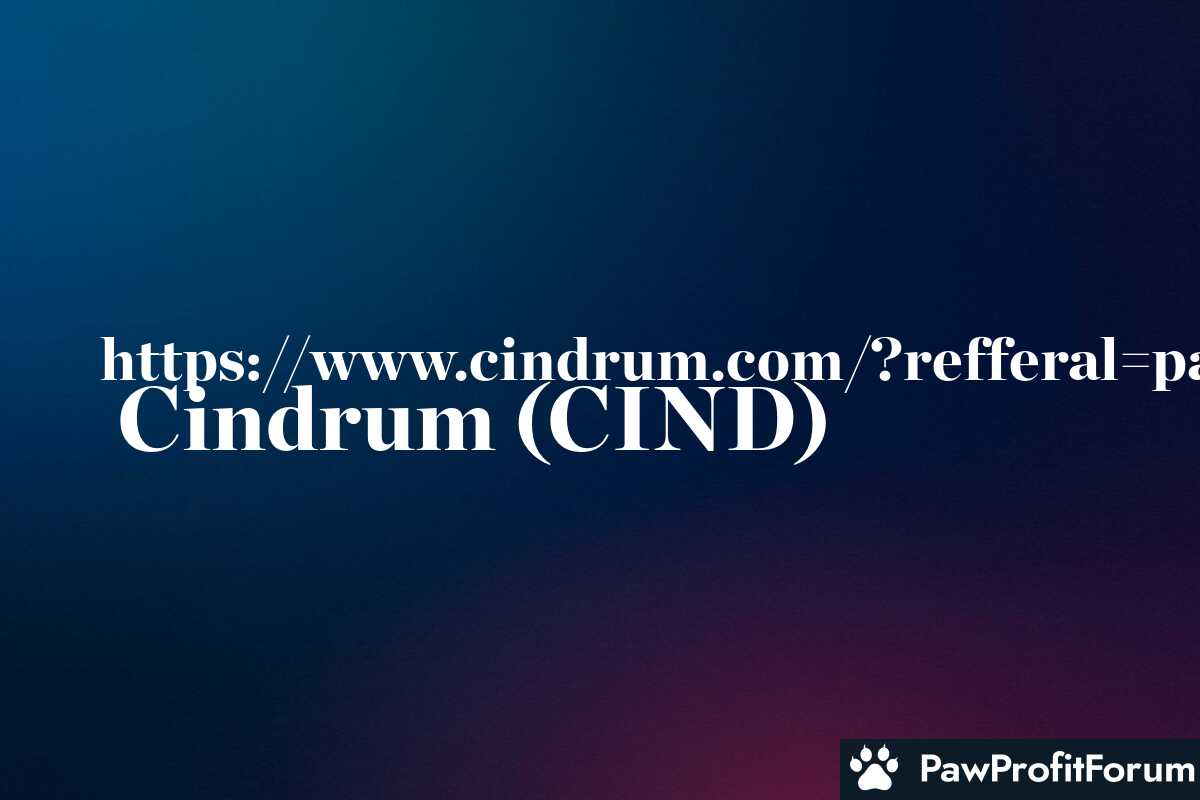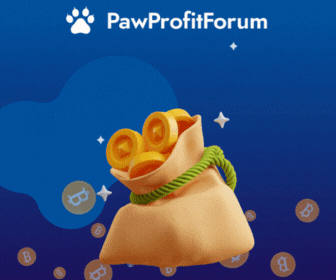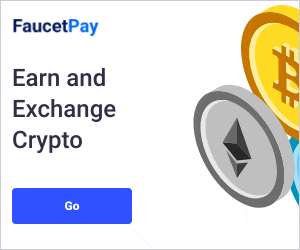The CIN in Cindrum stands for 'consolidate in network,' meaning a virtual world where reality is integrated. Cindrum is more than an augmented reality (AR) experience,Users, through their avatars, can express what they could in real life and even more in a virtual social networking envirnment. the virtual space of Cindrum will be closer to "another reality " for users. overcoming the physical boundaries and limitations of reality, CINDRUM as a new paradigm is going to connotate a pioneer that brings a new wave of metaverse thchnology.
In Cindrum, users can engage in activities that mirror real-life experiences and more, fostering a sense of community and interaction within its virtual boundaries. The platform leverages blockchain technology to ensure secure and transparent transactions, making it a robust ecosystem for digital assets and interactions.
Cindrum also operates as a cryptocurrency, identified by the ticker CIND. This digital currency facilitates transactions within the Cindrum ecosystem, enabling users to buy, sell, and trade virtual goods and services. The blockchain underpinning Cindrum ensures that all transactions are immutable and verifiable, enhancing trust and security for its users.
The metaverse of Cindrum is designed to be an expansive, immersive environment where users can overcome the physical constraints of reality. By integrating blockchain technology, Cindrum not only provides a secure platform for digital interactions but also pioneers a new wave of metaverse technology, pushing the boundaries of what virtual worlds can achieve.
The Ethereum blockchain, known for its smart contract capabilities, ensures that transactions within the Cindrum ecosystem are secure and transparent. Smart contracts are self-executing contracts with the terms directly written into code, which means that once conditions are met, the contract executes automatically without the need for intermediaries. This reduces the risk of fraud and ensures that all transactions are immutable and verifiable.
Security is a paramount concern in any blockchain-based system, and Cindrum is no exception. The Ethereum blockchain employs a consensus mechanism known as Proof of Stake (PoS), which helps prevent attacks from bad actors. In PoS, validators are chosen to create new blocks and confirm transactions based on the number of tokens they hold and are willing to "stake" as collateral. This makes it economically unfeasible for malicious entities to compromise the network, as they would need to control a significant portion of the total token supply.
Cindrum's integration of augmented reality (AR) goes beyond traditional virtual experiences. Users can interact in a virtual social networking environment through their avatars, expressing themselves in ways that mirror real-life interactions and even surpass them. This virtual space aims to be "another reality," overcoming the physical boundaries and limitations of the real world. The concept of "consolidate in network" (CIN) encapsulates this vision, where reality and virtual experiences merge seamlessly.
In addition to its AR capabilities, Cindrum introduces a new paradigm in metaverse technology. It provides a platform where users can not only socialize but also engage in economic activities. Digital assets created within Cindrum can be traded, bought, and sold, offering users the opportunity to monetize their virtual creations. This economic layer is underpinned by the CIND token, which facilitates transactions and incentivizes participation within the ecosystem.
The decentralized nature of the Ethereum blockchain ensures that no single entity has control over the Cindrum network. This decentralization fosters a trustless environment where users can interact and transact without relying on a central authority. It also enhances the resilience of the network, making it less susceptible to censorship and external interference.
Cindrum's vision extends to creating a comprehensive virtual world that integrates various aspects of daily life, from social interactions to economic activities. By leveraging blockchain technology and augmented reality, Cindrum aims to create a metaverse that is not only immersive but also economically viable and secure.
One of the primary real-world applications of Cindrum is in the creation of a virtual world that closely mimics reality. Users can engage in social networking within this space, performing activities they might do in real life and even more. This virtual environment provides a new paradigm for social interaction, making it possible to connect with others globally without the constraints of physical presence.
Cindrum also plays a significant role in the metaverse technology landscape. It pioneers new ways for users to interact, socialize, and even conduct business in a virtual setting. This makes it a valuable tool for those looking to explore the potential of augmented reality (AR) and virtual reality (VR) technologies.
In addition to its virtual world applications, Cindrum has practical uses in the broader cryptocurrency ecosystem. It can be used for trading, enabling users to buy and sell the token on various exchanges. Furthermore, Cindrum facilitates cross-border payments, making it easier for individuals and businesses to transact internationally without the need for traditional banking systems. This is particularly beneficial for mobile payments, offering a seamless and efficient way to transfer funds.
By overcoming the physical boundaries and limitations of reality, Cindrum offers a new wave of metaverse technology, creating a space where users can experience "another reality." This innovative approach not only enhances social interactions but also opens up new possibilities for commerce and communication in the digital age.
Launched in 2021, Cindrum quickly made its mark in the cryptocurrency space. One of the earliest milestones was its listing on various cryptocurrency exchanges, which provided broader access to investors and users interested in its unique virtual world proposition. This listing was crucial for increasing the visibility and liquidity of CIND, facilitating its adoption and integration into the broader cryptocurrency market.
In addition to its exchange listings, Cindrum has been active in forming strategic partnerships. These collaborations are designed to enhance the platform's capabilities and expand its user base. Partnerships often play a vital role in the development of blockchain projects, providing technical support, market reach, and additional resources that can accelerate growth and innovation.
Cindrum has also participated in various conferences, showcasing its technology and vision to a global audience. These events are essential for networking, sharing knowledge, and staying updated with the latest trends and developments in the blockchain and cryptocurrency industry. By presenting at these conferences, Cindrum has positioned itself as a forward-thinking player in the metaverse space.
Another notable event was a Twitter Space event, which allowed the Cindrum team to engage directly with the community. These interactive sessions are valuable for building a strong community, addressing user concerns, and providing updates on the project's progress. Community engagement is a critical component of any successful blockchain project, fostering trust and loyalty among users and investors.
Cindrum's roadmap outlines its future development plans, emphasizing continuous improvement and expansion. This roadmap is a testament to the team's commitment to delivering a robust and innovative platform. It provides a clear vision of the project's goals and the steps needed to achieve them, ensuring transparency and accountability.
The virtual space of Cindrum aims to create "another reality" for users, overcoming the physical boundaries and limitations of the real world. This vision aligns with the broader trend of metaverse technology, which seeks to create immersive and interactive digital environments. By leveraging blockchain technology, Cindrum ensures that its virtual world is secure, transparent, and decentralized, offering users a unique and engaging experience.
At the time of writing, there have been no additional key events for Cindrum beyond those mentioned. The project continues to develop and evolve, with a focus on expanding its virtual world and enhancing user experiences.
What is Cindrum?
Cindrum (CIND) is a dynamic virtual world where reality and digital experiences converge, allowing users to express themselves through avatars in a metaverse environment. The CIN in Cindrum stands for 'consolidate in network,' symbolizing the integration of real-world elements into a digital space. This platform transcends traditional augmented reality (AR) by providing a social networking environment where users can interact, create, and explore beyond physical limitations.In Cindrum, users can engage in activities that mirror real-life experiences and more, fostering a sense of community and interaction within its virtual boundaries. The platform leverages blockchain technology to ensure secure and transparent transactions, making it a robust ecosystem for digital assets and interactions.
Cindrum also operates as a cryptocurrency, identified by the ticker CIND. This digital currency facilitates transactions within the Cindrum ecosystem, enabling users to buy, sell, and trade virtual goods and services. The blockchain underpinning Cindrum ensures that all transactions are immutable and verifiable, enhancing trust and security for its users.
The metaverse of Cindrum is designed to be an expansive, immersive environment where users can overcome the physical constraints of reality. By integrating blockchain technology, Cindrum not only provides a secure platform for digital interactions but also pioneers a new wave of metaverse technology, pushing the boundaries of what virtual worlds can achieve.
What is the technology behind Cindrum?
Cindrum (CIND) is a fascinating blend of blockchain technology and virtual reality, creating a unique metaverse experience. At its core, Cindrum operates on the Ethereum blockchain, leveraging its robust and decentralized infrastructure. This foundation allows users to create, own, and monetize digital assets within a virtual world, seamlessly integrating aspects of augmented reality (AR) to enhance user interaction.The Ethereum blockchain, known for its smart contract capabilities, ensures that transactions within the Cindrum ecosystem are secure and transparent. Smart contracts are self-executing contracts with the terms directly written into code, which means that once conditions are met, the contract executes automatically without the need for intermediaries. This reduces the risk of fraud and ensures that all transactions are immutable and verifiable.
Security is a paramount concern in any blockchain-based system, and Cindrum is no exception. The Ethereum blockchain employs a consensus mechanism known as Proof of Stake (PoS), which helps prevent attacks from bad actors. In PoS, validators are chosen to create new blocks and confirm transactions based on the number of tokens they hold and are willing to "stake" as collateral. This makes it economically unfeasible for malicious entities to compromise the network, as they would need to control a significant portion of the total token supply.
Cindrum's integration of augmented reality (AR) goes beyond traditional virtual experiences. Users can interact in a virtual social networking environment through their avatars, expressing themselves in ways that mirror real-life interactions and even surpass them. This virtual space aims to be "another reality," overcoming the physical boundaries and limitations of the real world. The concept of "consolidate in network" (CIN) encapsulates this vision, where reality and virtual experiences merge seamlessly.
In addition to its AR capabilities, Cindrum introduces a new paradigm in metaverse technology. It provides a platform where users can not only socialize but also engage in economic activities. Digital assets created within Cindrum can be traded, bought, and sold, offering users the opportunity to monetize their virtual creations. This economic layer is underpinned by the CIND token, which facilitates transactions and incentivizes participation within the ecosystem.
The decentralized nature of the Ethereum blockchain ensures that no single entity has control over the Cindrum network. This decentralization fosters a trustless environment where users can interact and transact without relying on a central authority. It also enhances the resilience of the network, making it less susceptible to censorship and external interference.
Cindrum's vision extends to creating a comprehensive virtual world that integrates various aspects of daily life, from social interactions to economic activities. By leveraging blockchain technology and augmented reality, Cindrum aims to create a metaverse that is not only immersive but also economically viable and secure.
What are the real-world applications of Cindrum?
Cindrum (CIND) is a cryptocurrency that aims to revolutionize the way we interact with virtual worlds. The CIN in Cindrum stands for 'consolidate in network,' highlighting its mission to integrate reality into a virtual environment. This platform allows users to create and explore a metaverse where they can express themselves through avatars, transcending physical boundaries and limitations.One of the primary real-world applications of Cindrum is in the creation of a virtual world that closely mimics reality. Users can engage in social networking within this space, performing activities they might do in real life and even more. This virtual environment provides a new paradigm for social interaction, making it possible to connect with others globally without the constraints of physical presence.
Cindrum also plays a significant role in the metaverse technology landscape. It pioneers new ways for users to interact, socialize, and even conduct business in a virtual setting. This makes it a valuable tool for those looking to explore the potential of augmented reality (AR) and virtual reality (VR) technologies.
In addition to its virtual world applications, Cindrum has practical uses in the broader cryptocurrency ecosystem. It can be used for trading, enabling users to buy and sell the token on various exchanges. Furthermore, Cindrum facilitates cross-border payments, making it easier for individuals and businesses to transact internationally without the need for traditional banking systems. This is particularly beneficial for mobile payments, offering a seamless and efficient way to transfer funds.
By overcoming the physical boundaries and limitations of reality, Cindrum offers a new wave of metaverse technology, creating a space where users can experience "another reality." This innovative approach not only enhances social interactions but also opens up new possibilities for commerce and communication in the digital age.
What key events have there been for Cindrum?
Cindrum (CIND) represents a significant development in the realm of virtual worlds and blockchain technology. The CIN in Cindrum stands for 'consolidate in network,' indicating a virtual world where reality is seamlessly integrated. This platform offers users the ability to express themselves through avatars in a virtual social networking environment, pushing the boundaries of augmented reality (AR) and creating a new paradigm in metaverse technology.Launched in 2021, Cindrum quickly made its mark in the cryptocurrency space. One of the earliest milestones was its listing on various cryptocurrency exchanges, which provided broader access to investors and users interested in its unique virtual world proposition. This listing was crucial for increasing the visibility and liquidity of CIND, facilitating its adoption and integration into the broader cryptocurrency market.
In addition to its exchange listings, Cindrum has been active in forming strategic partnerships. These collaborations are designed to enhance the platform's capabilities and expand its user base. Partnerships often play a vital role in the development of blockchain projects, providing technical support, market reach, and additional resources that can accelerate growth and innovation.
Cindrum has also participated in various conferences, showcasing its technology and vision to a global audience. These events are essential for networking, sharing knowledge, and staying updated with the latest trends and developments in the blockchain and cryptocurrency industry. By presenting at these conferences, Cindrum has positioned itself as a forward-thinking player in the metaverse space.
Another notable event was a Twitter Space event, which allowed the Cindrum team to engage directly with the community. These interactive sessions are valuable for building a strong community, addressing user concerns, and providing updates on the project's progress. Community engagement is a critical component of any successful blockchain project, fostering trust and loyalty among users and investors.
Cindrum's roadmap outlines its future development plans, emphasizing continuous improvement and expansion. This roadmap is a testament to the team's commitment to delivering a robust and innovative platform. It provides a clear vision of the project's goals and the steps needed to achieve them, ensuring transparency and accountability.
The virtual space of Cindrum aims to create "another reality" for users, overcoming the physical boundaries and limitations of the real world. This vision aligns with the broader trend of metaverse technology, which seeks to create immersive and interactive digital environments. By leveraging blockchain technology, Cindrum ensures that its virtual world is secure, transparent, and decentralized, offering users a unique and engaging experience.
At the time of writing, there have been no additional key events for Cindrum beyond those mentioned. The project continues to develop and evolve, with a focus on expanding its virtual world and enhancing user experiences.
Who are the founders of Cindrum?
Cindrum (CIND) represents a virtual world where reality is integrated, offering users an augmented reality (AR) experience that transcends physical boundaries. Despite its innovative approach, the founders of Cindrum remain undisclosed. No specific individuals or team members have been publicly identified as the creators or key figures behind this cryptocurrency. This lack of transparency extends to their backgrounds, roles in its creation, and any other associated projects or controversies.| Website | www.cindrum.com/ |
| Website | 46d3a71b-943b-41fe-9c18-46f995702629.filesusr.com/ugd/8989f6_9c2799dbd1b045caa49f2d0452177772.pdf |
| Socials | twitter.com/CindrumOfficial |
| Socials | t.me/cindrumglobal |
| Contracts | 0xaC09...6d3bC3 |
| Audits | https://cmc.certik-skynet.com/redirect?project=cindrum |
| Explorers | etherscan.io/token/0xaC0968a3E2020aC8ca83e60CcF69081EBc6d3bC3 |
| Wallets | metamask.io/ |










